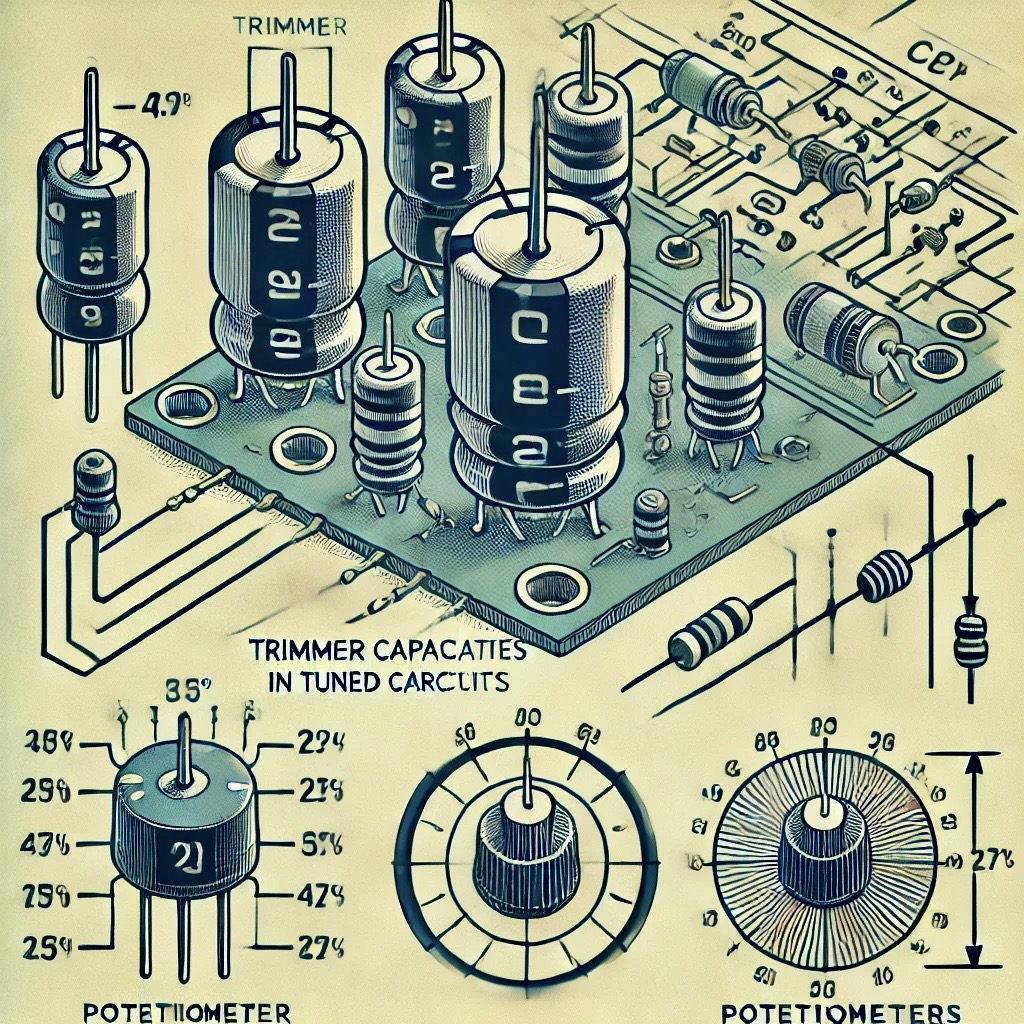

Electronic components are essential elements in electronic circuits that do not require external power to operate. They function to resist, store, and transfer energy. This guide provides an overview of common passive components, including resistors, capacitors, inductors, diodes, and their applications.
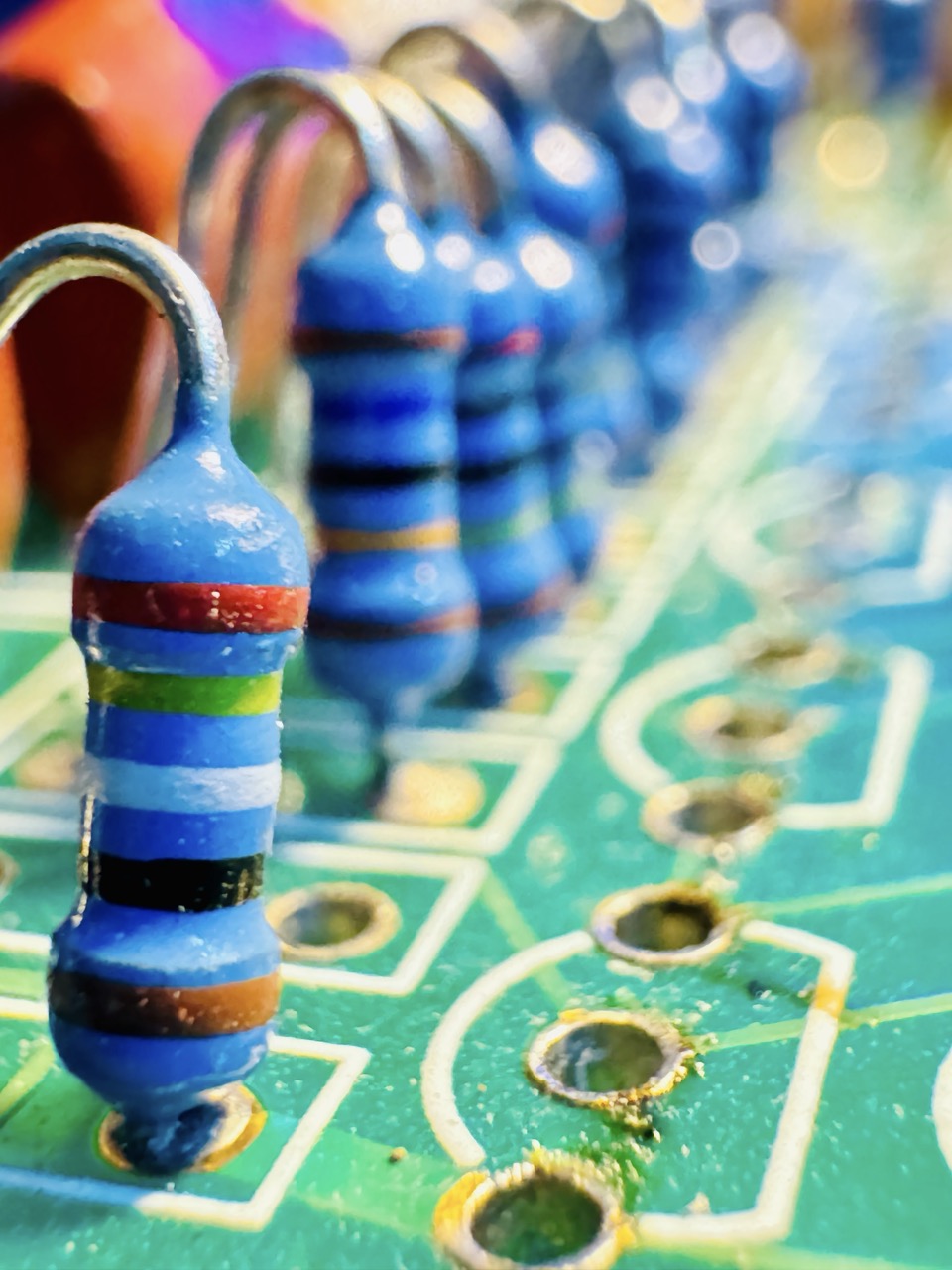
Description: Small cylindrical components with color-coded bands, designed to limit current flow.
Measurement: Resistance is measured in ohms (Ω).
Resistors are used in circuits to control voltage, limit current, divide voltage, and protect sensitive components.
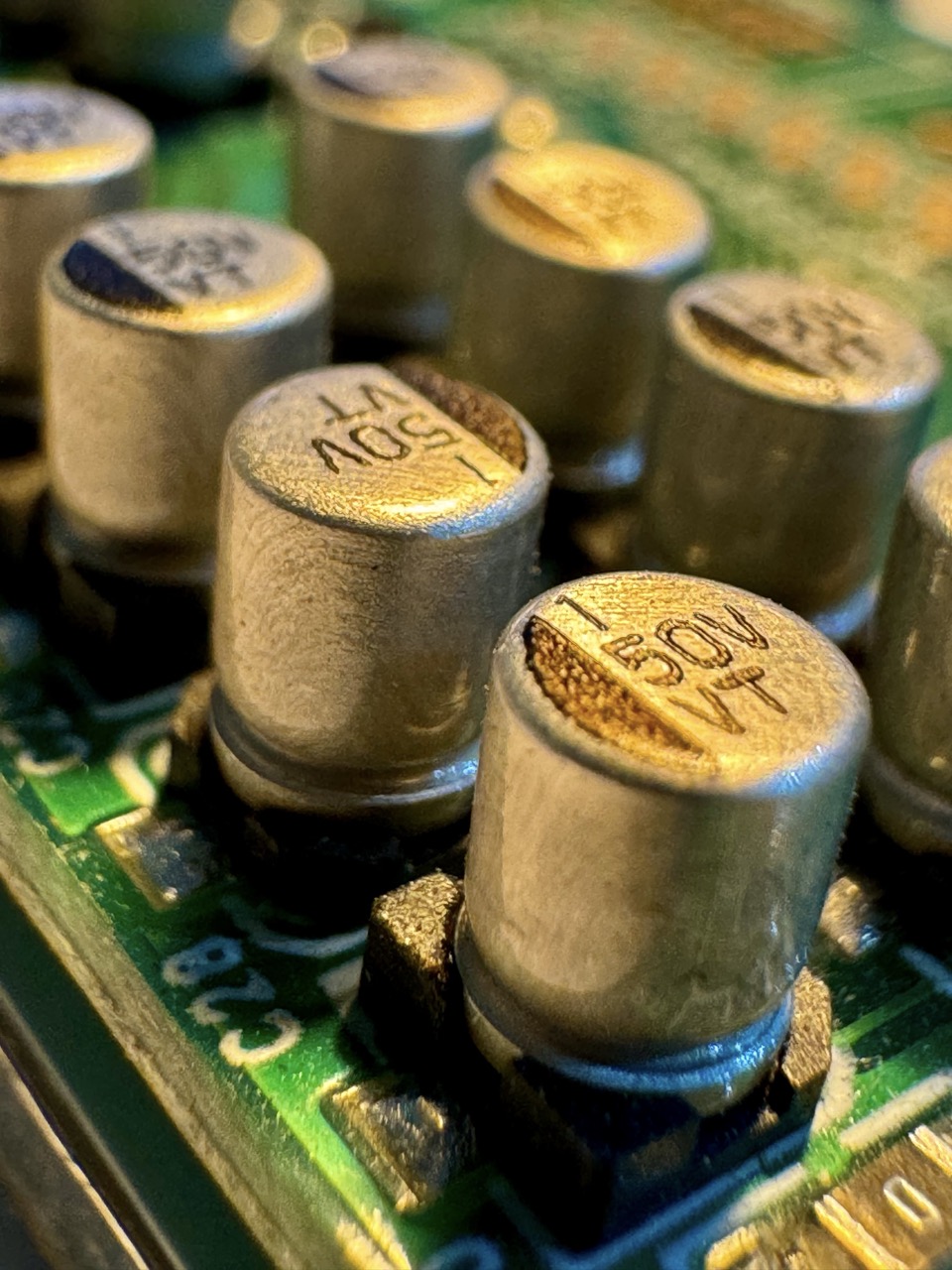
Description: Cylindrical or rectangular components with two leads, used to store and release electrical energy.
Measurement: Capacitance is measured in farads (F).
Learn how to choose the right capacitor for your project: Selecting the Right Capacitor
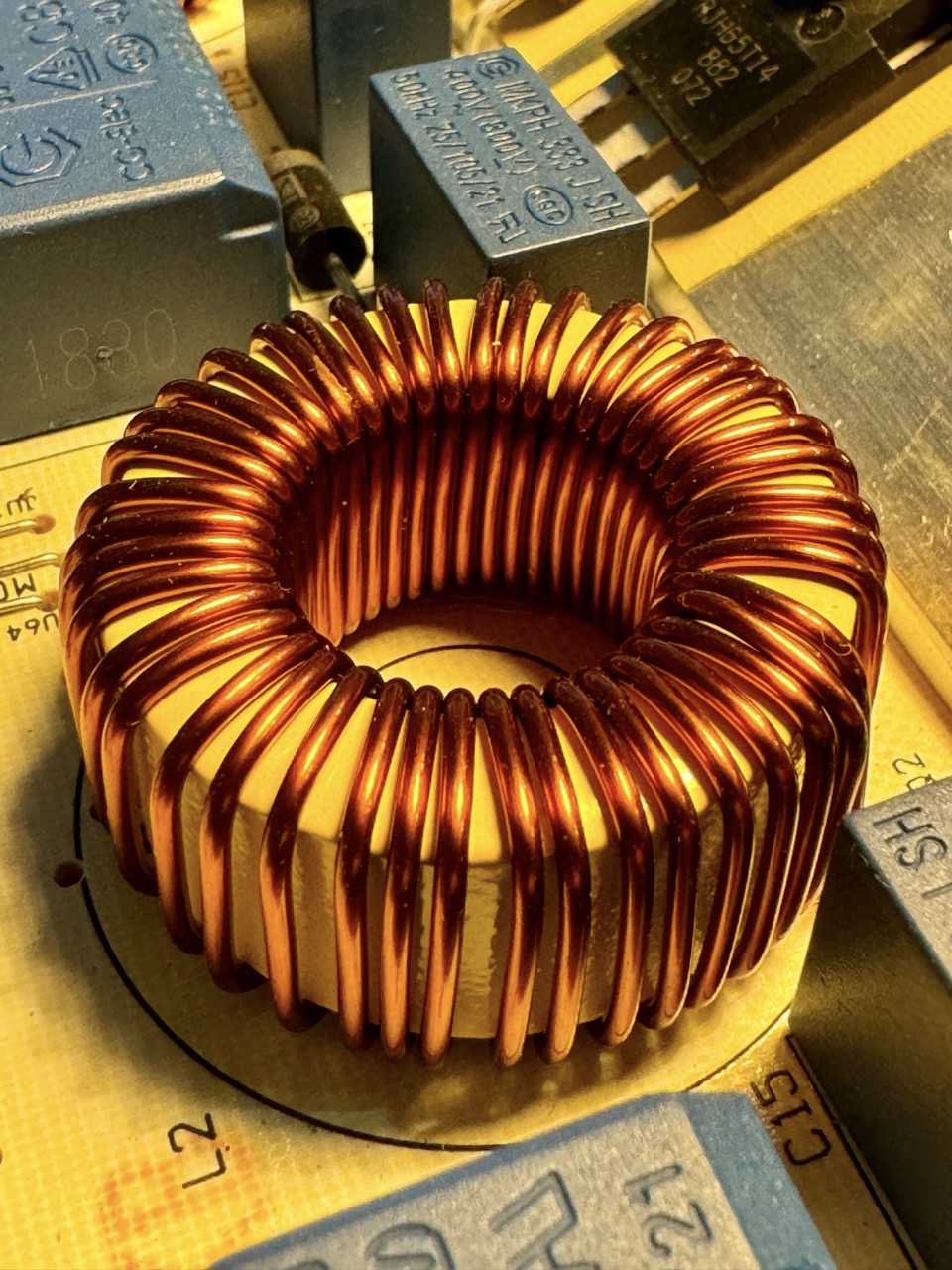
Description: Coil-shaped components that store energy in a magnetic field.
Measurement: Inductance is measured in henries (H).
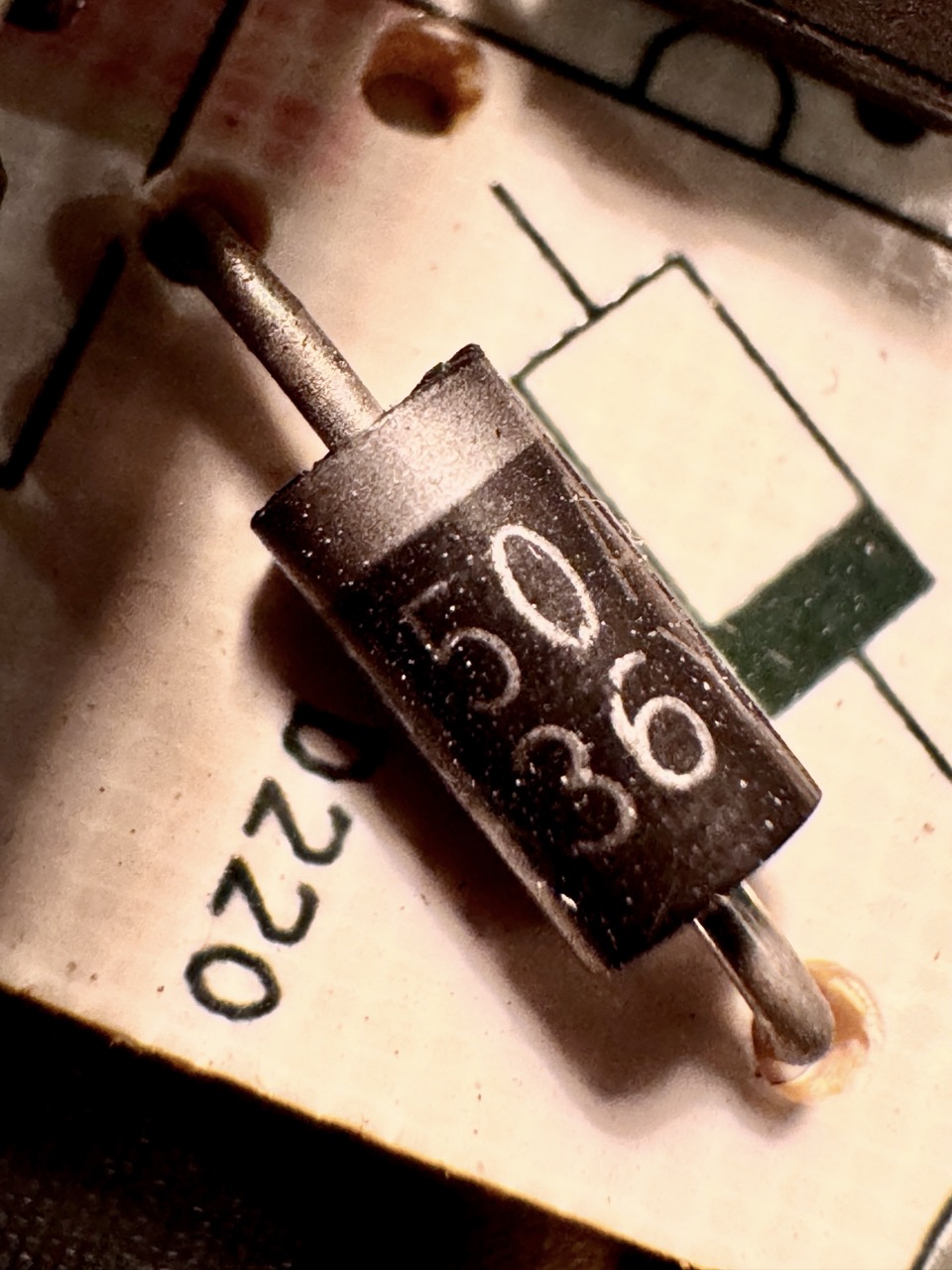
Description: Allows current flow in one direction only, protecting circuits from reverse polarity.
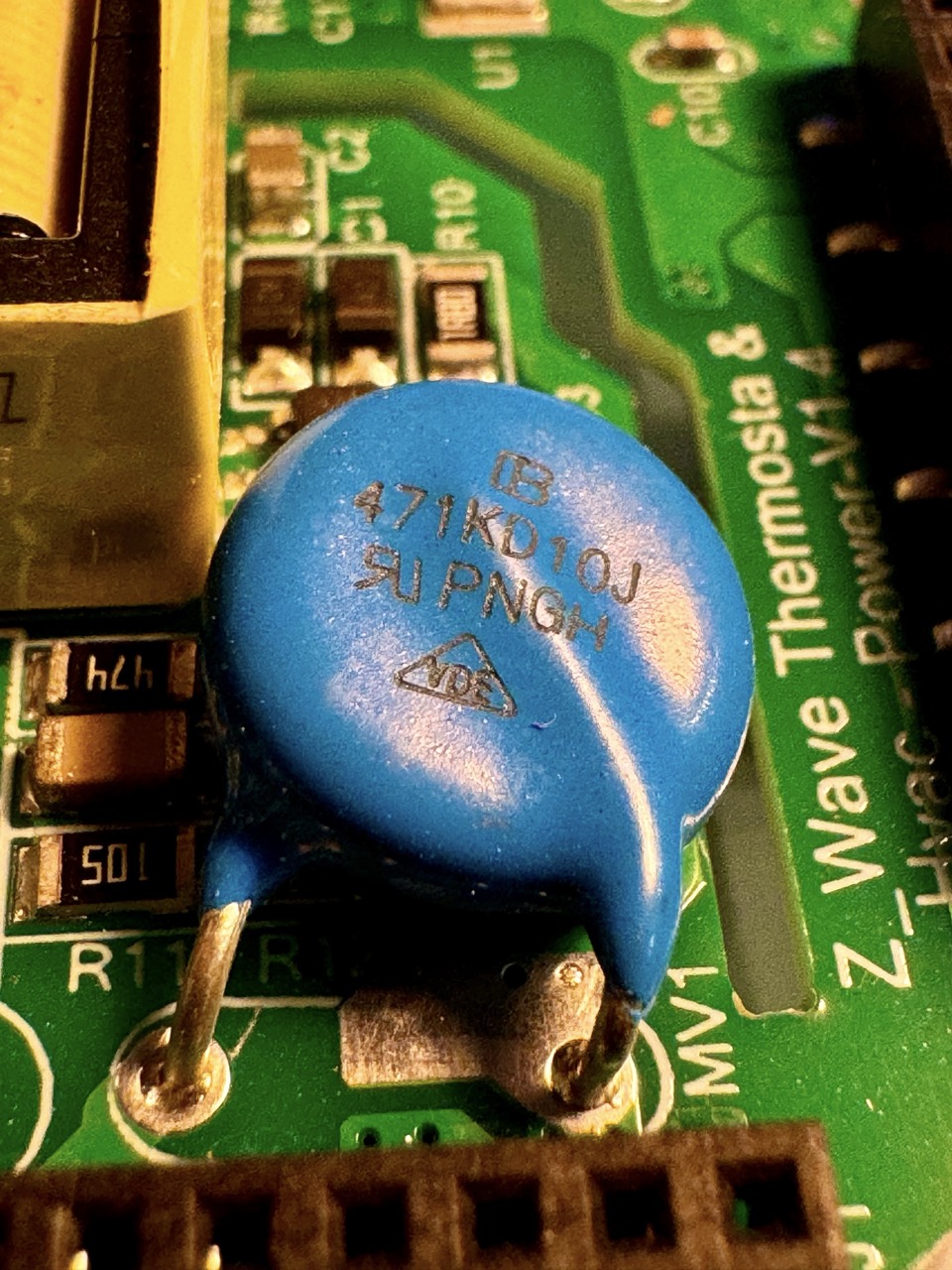
Varistors are voltage-dependent resistors that provide protection against voltage spikes. When the voltage exceeds a certain threshold, the resistance of the varistor decreases, allowing current to bypass sensitive components.
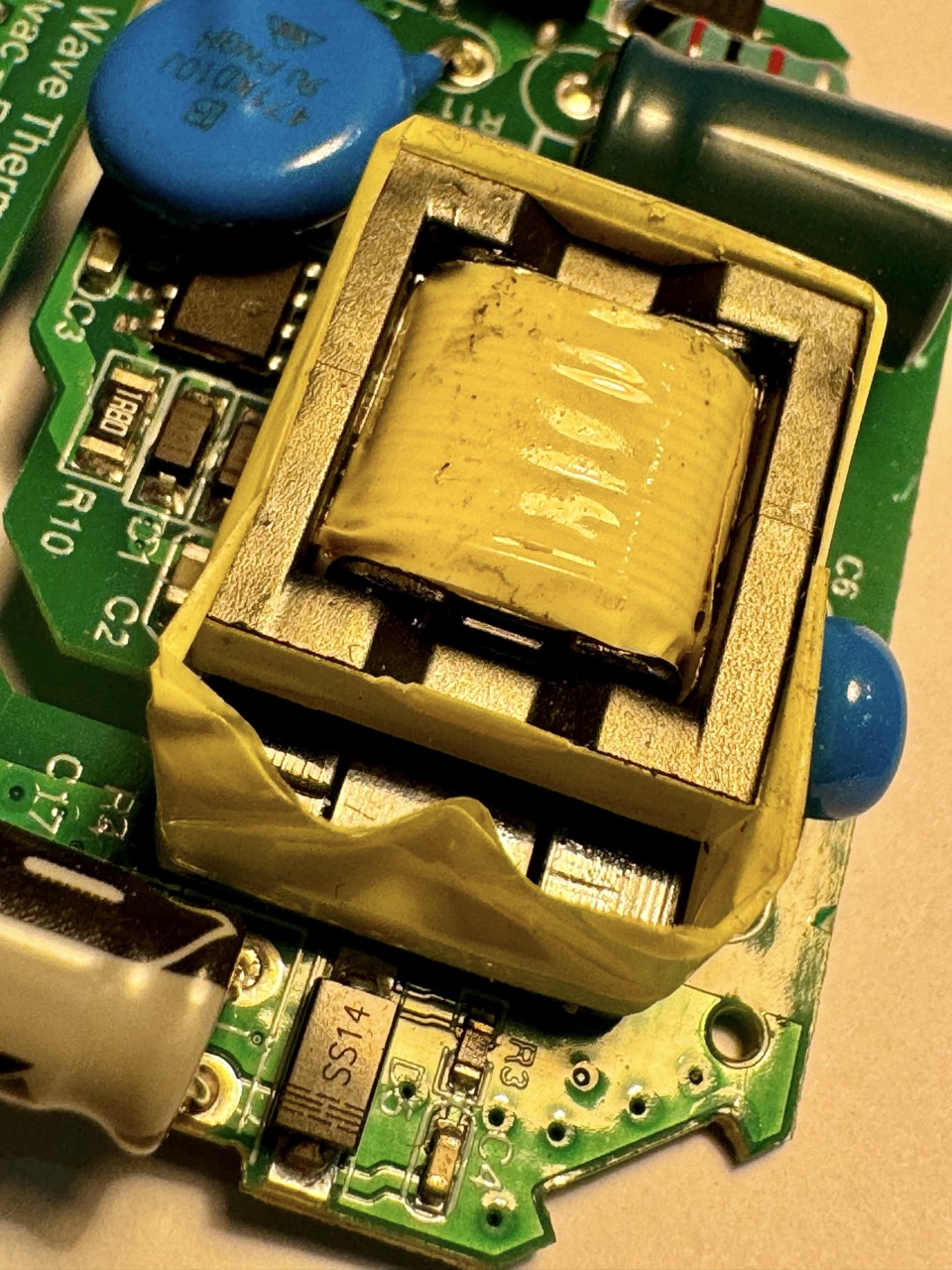
Description: Devices with coils wound around a core, transferring energy between circuits through electromagnetic induction.
Description: Break the circuit when current exceeds a limit, protecting devices from damage.
Passive components are foundational to electronic circuits, performing vital roles like energy storage, filtering, and protection. Understanding these components enhances the reliability and functionality of circuit designs, from simple projects to complex systems.
For more hands-on experience, consider starting with an ESP32 Electronics Starter Kit or an Arduino Starter Kit for experimenting and prototyping.
For more details, explore datasheets, online resources, or component-specific tutorials. To gain a complete understanding, also consider reviewing our Active Components tutorial, which covers components like transistors, LEDs, and diodes that amplify or switch electrical signals.
If you're new to electronics, check out our Introduction to Measuring guide. This page explains essential measurement techniques using tools like multimeters and oscilloscopes, which are crucial for troubleshooting and testing circuits.
Want to dive deeper? Explore this Free book on electronics at Amazon that covers fundamental concepts with descriptions of everyday applications, engaging illustrations, and interactive lessons.
And finally, explore "100 Passive Experiments" for ideas to practice your skills with passive components and simple circuits!
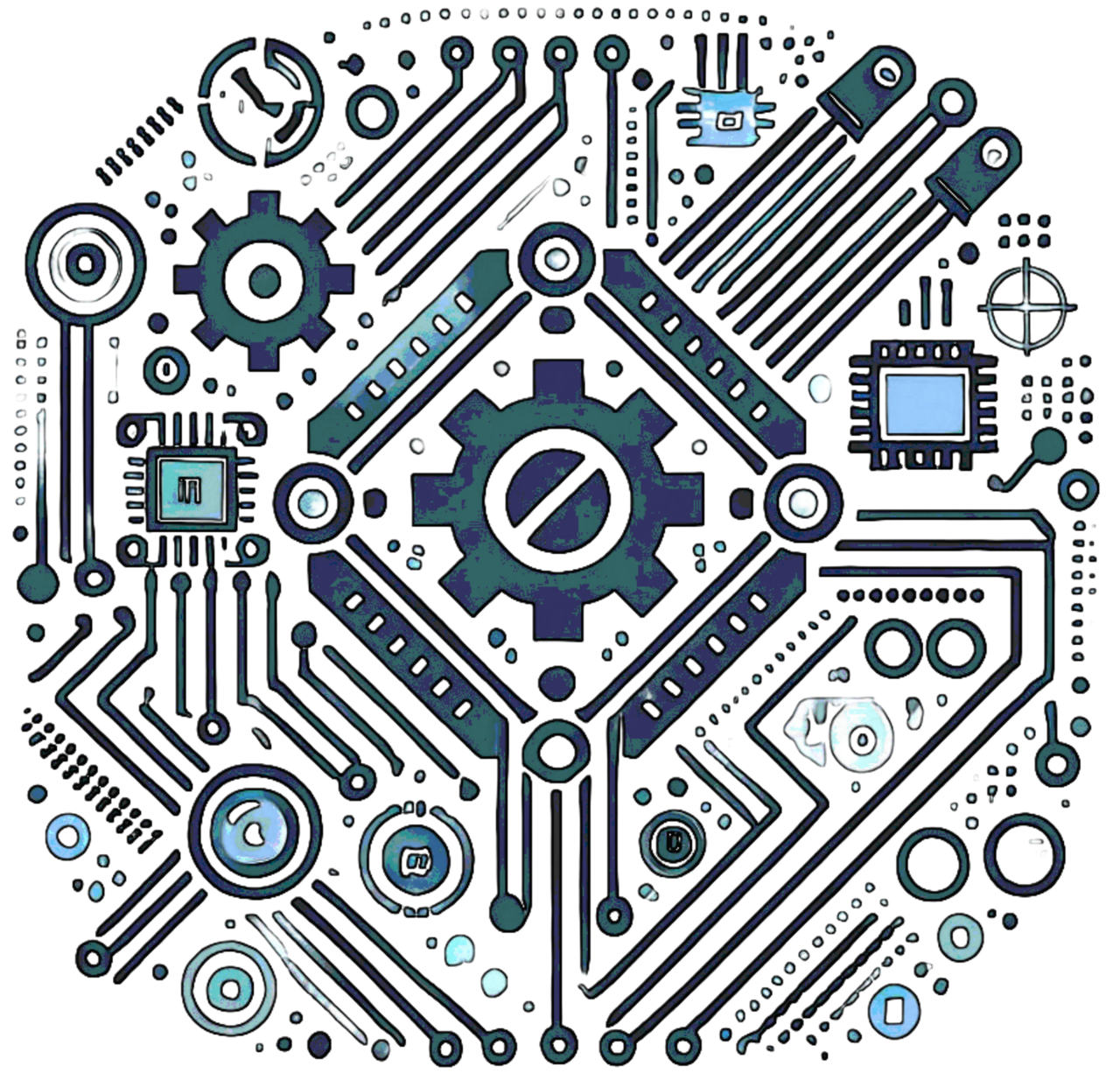
If you have any questions or inquiries, feel free to reach out to us at Microautomation.no@icloud.com.